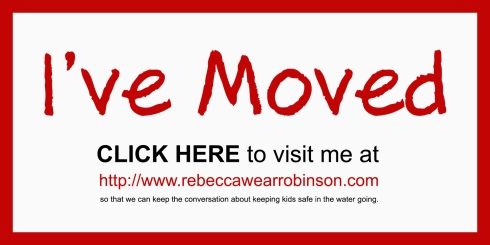My kids took the excellent American Red Cross Home Alone class last week. Following the course I received a phone call from a reporter at the Chicago Tribune. The reporter wanted to know why I had enrolled my kids in Home Alone and at what age I’d be leaving them alone. Given the current economic climate, parents are struggling to find care for their children over the long summer holidays. Camp, activities or babysitters that parents may ordinarily rely on can be economically infeasible in a down economy and the reporter was exploring what parents were doing with their kids. I think my children are too young to be left alone (6 and 8), but every parent has to make that decision based on their situation, their children’s personalities, and a whole list of other variables. I enrolled my children because I want them to learn, and re-learn every year, how to care for themselves so that even if they are in the care of a responsible adult they will react appropriately in an emergency or dangerous situation.
When it comes to water, having a responsible adult watch children constantly is a necessity, the experts all agree that it is critical in keeping kids from drowning, but it’s only one component of keeping kids safe. But what happens when the responsible adult loses track of the child, or isn’t paying attention? I read a blog which touched me deeply. http://ourdannyboy.blogspot.com
The mother had let her beloved 4-year old spend the weekend with his rarely-present father. The 4-year old slipped out the back door while everyone was busy and drowned in their pool. The mother was focused on doing the best for her child – emotionally, physically, mentally – by encouraging a relationship with his father. If you can’t trust a child in their parent’s care, who can you trust? As a single mother myself, her story tapped into my deepest fears – if I take my eyes of my children for even a minute – will they still be safe? We assume that parents always have their child’s best interest and safety at heart, but no one can keep track of a small child 100% of the time and we need to let others watch our children sometimes. Children are hard-wired to explore their environment, it’s our job to give them the space to explore safely. Don’t feel badly about running through water safety rules, over and over, with your spouse, your ex, your babysitter, your parents or any other adult who is caring for your child. Teach your children not to go near any water without an adult and other basic water safety rules, help them become responsible children and, eventually, responsible parents to their own child. All children are at risk for drowning, whether in the care of their parent or another responsible adult, so remember….
TEACH your child water safety and swimming from infancy.
WATCH your child whenever they are near water.
PROTECT your child – learn CPR, because accidents do happen.

Tags: child safety, CPR, drowning prevention, Home Alone, water safety
